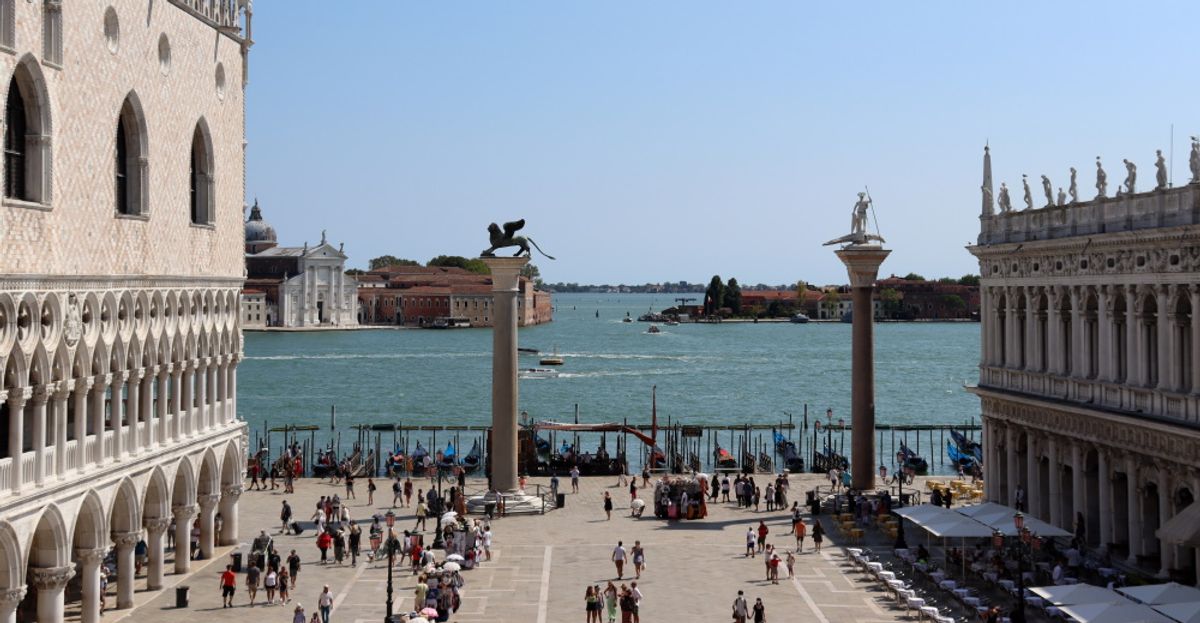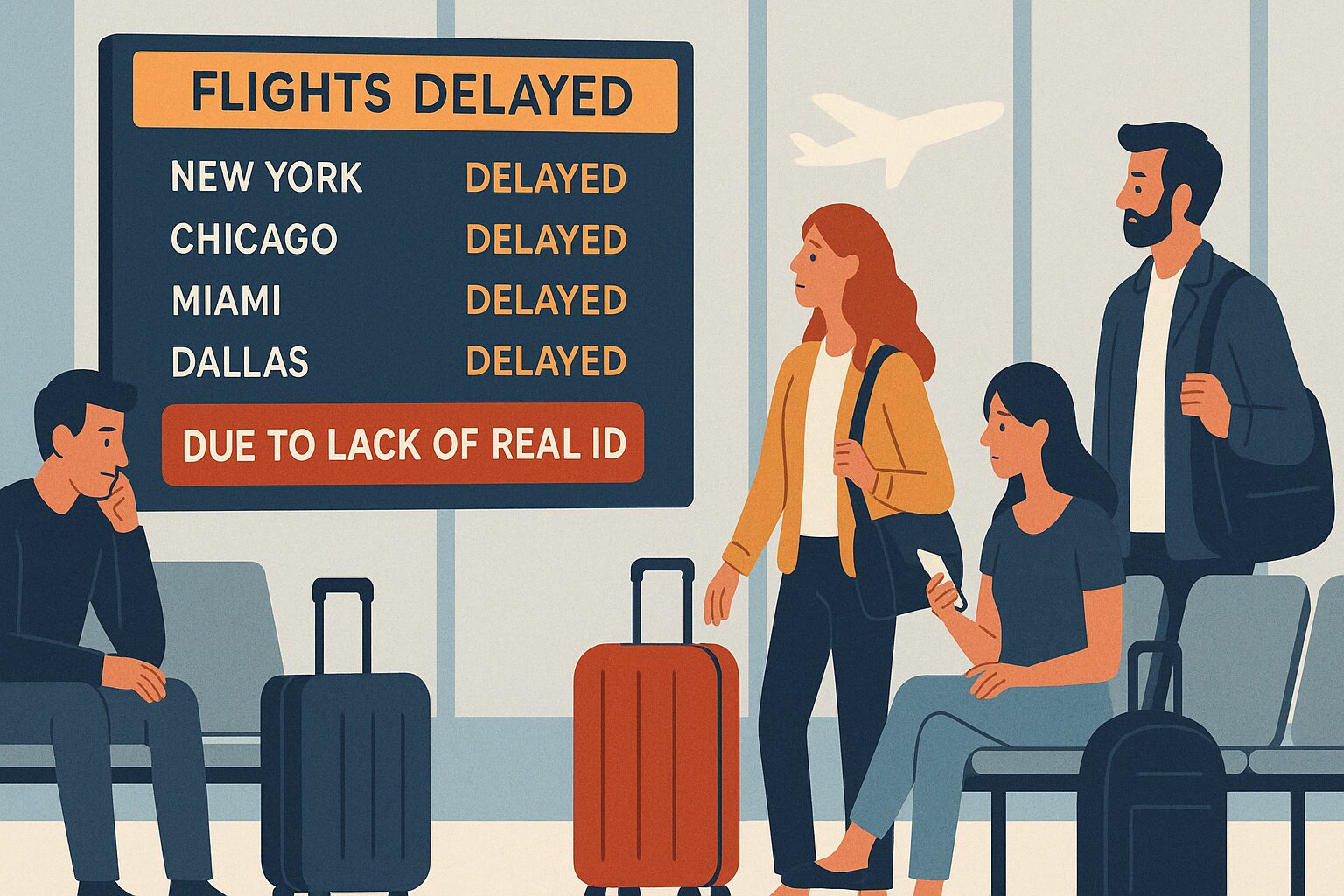Many popular tourist destinations worldwide are increasingly adopting or considering tourist taxes for various reasons, among them being the need to mitigate overtourism. Countries such as Spain, Iceland, New Zealand, Italy and the Netherlands, among others, have either put in place or are in the process of imposing such fees.
The crux of the issue revolves around maintaining a stable equilibrium between tourists and the locals in famous places. The balance ensures that all stakeholders yield satisfaction from the travel experience. As per industry pundits, the rampant overtourism trend has reached a precarious tipping point, necessitating swift interventions.
The imposition of taxes targets to foster a keen consciousness among tourists about the places they visit. Sally Davey, a CEO in the Travel industry, notes that the introduction of charges plays a crucial role in raising awareness on overtourism matters. Visitors become more thoughtful when planning their journeys, particularly regarding the potential impacts of their travel on the places and the communities they visit.
During peak seasons, when taxes come into play, travelers may opt to explore less popular destinations that don’t levy extra charges or schedule their expeditions during off-peak seasons. Such strategies help reduce traffic in these famous locations while preserving their cultural heritage and natural beauty. Furthermore, business-oriented tourists will have the chance to explore destinations without facing overcrowding that potentially diminishes the travel experience.
The funds collected from these taxes are typically directed back into the community. They play a significant role in supporting conservation projects, enhancing infrastructure, and ensuring that tourism benefits the locals just as much as the visitors. Barcelona, for instance, uses the taxation monies to finance several of its public services, such as cleaning, public transport, and powering schools with renewable energy.
However, there’s a divided opinion among experts regarding the efficiency of these fees in controlling overtourism. Some see them as a first step toward redistribution of tourists, sparking discussions around responsible tourism and the impacts of travel on local communities. However, others, like Doug Lansky, a well-known tourism and destination advisor, sees the charges as superficial solutions, failing to provide even temporary solace. He likens the meager entry fees to using a small band-aid on a wound that needs stitches — barely containing the problem.
Mirko Lalli, CEO and founder of a start-up in travel data analytics, on the other hand, is mildly optimistic. He agrees that there’s growing awareness among travelers about these fees. Still, he adds that the degree of attention a tourist gives to these charges largely depends on personal circumstances, such as budget restrictions. If money is not a problem, tourists may not care about the entry fees. In contrast, those on a budget may find the charges impactful.
Carlos Cendra, another player in the tourism consultancy, viewed tourist charges as somewhat short-sighted and a unilateral solution to a multifaceted problem. He argues that fees alone can’t deter people from visiting a given destination, not unless they are part of a broader, comprehensive strategy involving visitor management, sustainable development, and community engagement.
Apart from that, transparency is another fundamental factor in the effectiveness of fees—communication with tourists is necessary to explain why and how the taxes are meant to benefit local communities. Finally, change in fees rates could also usher in a difference. Fee rates aren’t bound to remain constant; for example, New Zealand plans to increase its International Visitor Conservation and Tourism Levy for short-term visitors soon. With these measures in place, continuous monitoring and adjustment of the policies are crucial to ensure they become effective in addressing overtourism without pricing out cost-conscious travelers out of the market.




